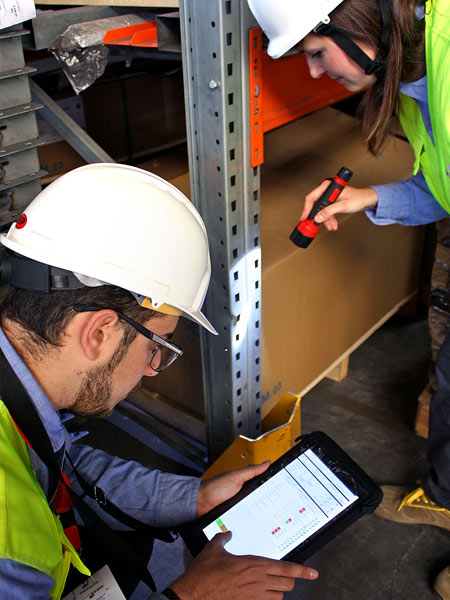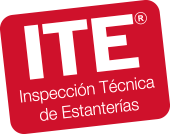ITE® methodology allows the identification and classification of damages on the racking. Those damages will be registered and included in the final ITE report.
ITE® inspections adapt to customer’s operative requirements to reduce to minimum the interferences and applying a pre-defined protocol. The inspector carries out a visually inspection and applies the procedures indicated with norm EN 15635 and preventive note NTP-852:

We inspect storage equipment from any producer, independently of origin or age.
The storage systems that must be inspected according to norm UNE 58011, are among others:
Why to trust ITE®?
We are independent inspectors and focus on increasing security and reducing damages on racking. Our aim is finding out the roots causing the damages and implement actions to avoid those damages to occur any more in the future.
The ITE® procedures additionally to following the norm EN 15635 and the preventive note NTP 852, are subject to continuous and regular evaluation by ENAC (Spanish National Accreditation Entity).
Our inspectors and implemented systems are a guarantee of experience and know how, putting at our customer’s disposal high standards of professionalism and quality.
What do you obtain with ITE®?
Through the ITE® racking inspection, you comply with current legal requirements by simultaneously increasing security and productivity in your warehouses.
With the ITE® you obtain following results:

